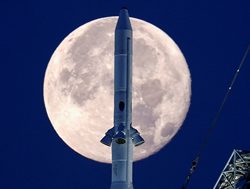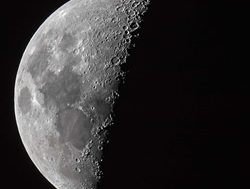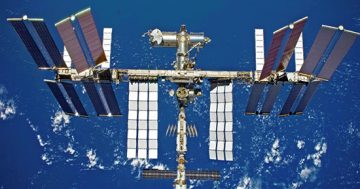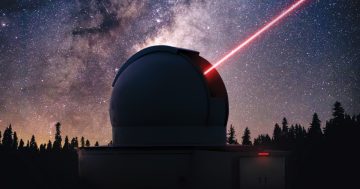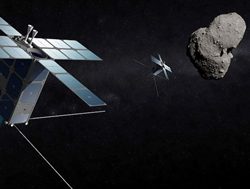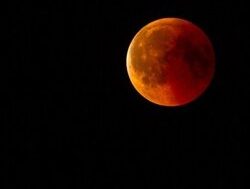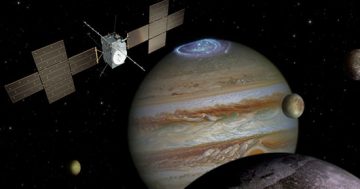With a series of Moon missions planned for this decade, Space Agencies want to give the Moon its own time zone, but Marcia Dunn* says there are a number of problems that must be overcome first.
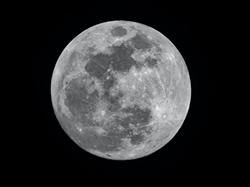 With more lunar missions than ever on the horizon, the European Space Agency wants to give the Moon its own time zone.
With more lunar missions than ever on the horizon, the European Space Agency wants to give the Moon its own time zone.
The Agency said space organisations around the world are considering how best to keep time on the Moon.
The idea came up during a meeting in the Netherlands late last year, with participants agreeing on the urgent need to establish “a common lunar reference time”.
Navigation system engineer at the Space Agency, Pietro Giordano said a joint international effort was now being launched towards achieving this.
For now, a Moon mission runs on the time of the country that is operating the spacecraft.
European space officials said an internationally accepted lunar time zone would make it easier for everyone, especially as more countries and even private companies aim for the Moon and United States Space Agency, NASA gets set to send astronauts there.
NASA had to grapple with the time question while designing and building the International Space Station, fast approaching the 25th anniversary of the launch of its first piece.
While the Space Station doesn’t have its own time zone, it runs on Coordinated Universal Time, or UTC, which is meticulously based on atomic clocks.
That helps to split the time difference between NASA, the Canadian Space Agency, and the other partnering space programs in Russia, Japan and Europe.
The international team looking into lunar time is debating whether a single organisation should set and maintain time on the Moon, according to the European Space Agency.
There are also technical issues to consider. Clocks run faster on the Moon than on Earth, gaining about 56 microseconds each day, the Space Agency said.
Further complicating matters, ticking occurs differently on the lunar surface than in lunar orbit.
Head of the European Space Agency Strategic Planning Office, Bernhard Hufenbach said that perhaps most importantly, lunar time would have to be practical for astronauts there.
NASA is shooting for its first flight to the Moon with astronauts in more than a half-century in 2024, with a lunar landing as early as 2025.
“This will be quite a challenge with each day lasting as long as 29.5 Earth days,” Mr Hufenbach said.
“However, having established a working time system for the Moon, we can go on to do the same for other planetary destinations.”
Mars Standard Time, anyone?
*Marcia Dunn is the Aerospace Writer for Associated Press, specialising in science, technology and transportation.
This article first appeared on the Associated Press website.

